
The Bungle Bungle Range is located in Purnululu National Park, which is situated in the East Kimberley region of Western Australia. The range is famous for its striking dome-shaped, sandstone formations. The park is about 250 kilometers (155 miles) south of Kununurra and approximately 100 kilometers (62 miles) northeast of Halls Creek. The coordinates for the park are roughly 17.4843° S latitude and 128.4086° E longitude. Access to the park is typically via a 4WD track or by air.

The Bungle Bungle Range has been known to the Indigenous people of the region, the Kija and Jaru, for thousands of years. However, it remained largely unknown to the wider Australian and global communities until the early 1980s.
In 1982, a documentary film crew brought attention to the area, showcasing the unique beehive-shaped sandstone domes that make up the range. This exposure sparked interest in the region's unique geological features and led to increased efforts to protect and preserve the area.
Purnululu National Park was established in 1987 by the Western Australian government to conserve the Bungle Bungle Range and its surrounding environments. The park covers an area of approximately 239,723 hectares (592,308 acres).
In recognition of its outstanding universal value, Purnululu National Park, including the Bungle Bungle Range, was inscribed as a UNESCO World Heritage Site on July 5, 2003. This status has helped to ensure the protection and conservation of the park's unique landscapes and cultural heritage.
Today, the Bungle Bungle Range is a popular destination for tourists, who can explore the area through guided tours, scenic flights, and hiking trails, experiencing the striking natural beauty and cultural significance of this remarkable landscape.
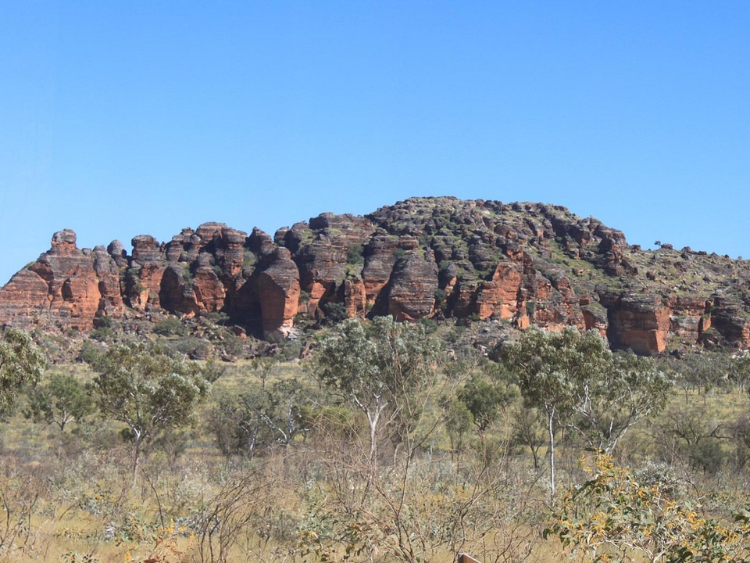
The Bungle Bungle Range, like all natural formations, was not invented but rather formed over millions of years through natural geological processes. The distinctive beehive-shaped sandstone domes of the Bungle Bungle Range were shaped by erosion and weathering. These geological processes involved the deposition of sedimentary layers, uplift, and subsequent erosion by wind and water, which sculpted the unique formations seen today.
While the geological formation was not invented, its discovery and introduction to the wider world involved various people and events:
1. **Indigenous Knowledge:** The Kija and Jaru Aboriginal people have known about and lived in the area for thousands of years, with rich cultural and spiritual connections to the land.
2. **Modern Discovery:** The Bungle Bungle Range was relatively unknown to the broader Australian and global communities until the early 1980s. Aerial photography and subsequent media coverage, particularly a documentary film in 1982, brought widespread attention to the area.
3. **Establishment of the National Park:** Following the increased interest in the area, Purnululu National Park was established in 1987 by the Western Australian government to protect and preserve the unique geological formations and the surrounding environment.
So, while no one "invented" the Bungle Bungle Range, its recognition and protection involved contributions from both Indigenous Australians and modern explorers, scientists, and conservationists.


The Bungle Bungle Range and Purnululu National Park have names that reflect both Indigenous and modern Australian influences:
1. **Bungle Bungle Range:**
- The origin of the name "Bungle Bungle" is not entirely clear, but it is believed to be derived from the Indigenous language of the Kija people, who are the traditional owners of the land. The exact meaning of the term is uncertain, but it is suggested that it might be related to the local term for the area or specific features within it.
- Another theory is that the name might have come from a corruption or misinterpretation of an Aboriginal word or phrase.
2. **Purnululu National Park:**
- "Purnululu" is an Aboriginal word that is believed to mean "sandstone" or "fretted rock," referring to the park's distinctive geological formations. This name reflects the deep connection and understanding that Indigenous Australians have with the land.
- The park was officially established in 1987 and named Purnululu National Park to honor and recognize the traditional Aboriginal heritage of the area.
The combination of these names highlights the cultural and natural significance of the region. The Bungle Bungle Range within Purnululu National Park is renowned for its striking beehive-shaped sandstone domes, which have been shaped by natural processes over millions of years and hold deep cultural significance for the Indigenous peoples of the area.

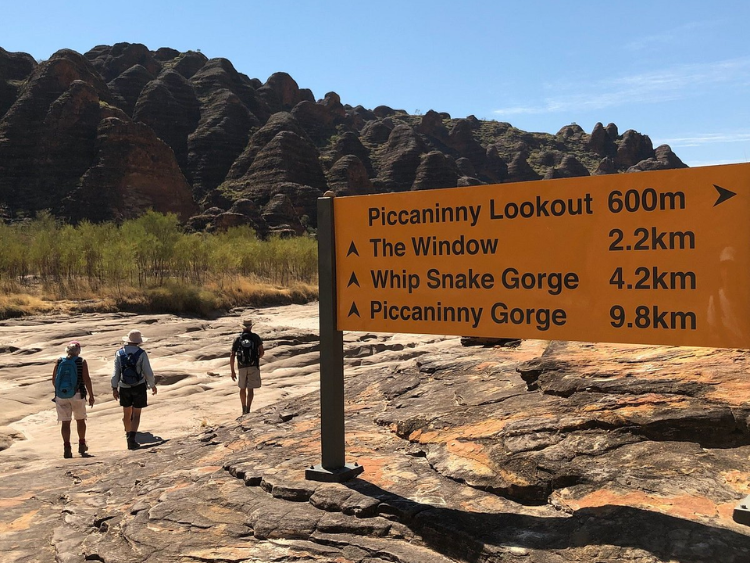
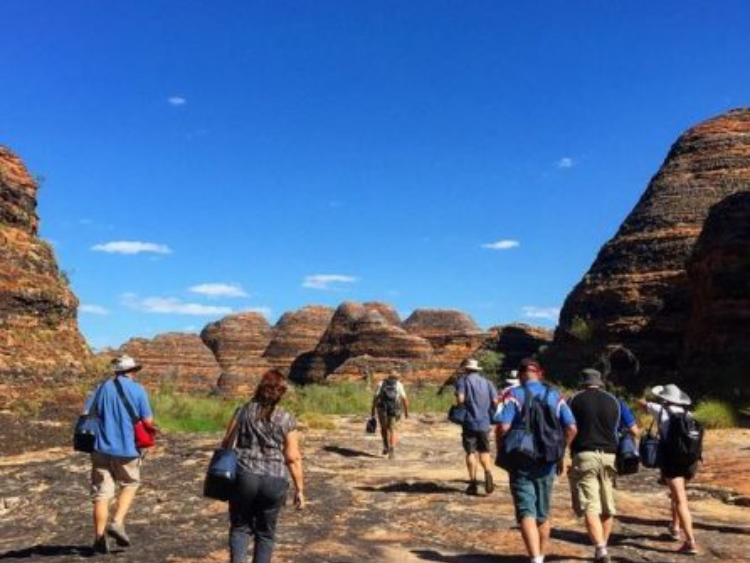

The Bungle Bungle Range in Purnululu National Park is considered a top destination for hiking enthusiasts due to several compelling reasons:
1. **Unique Geological Formations:**
- The Bungle Bungle Range is famous for its distinctive beehive-shaped sandstone domes, which offer hikers a surreal and unique landscape to explore. These formations, with their striking orange and black banding, create an otherworldly hiking environment.
2. **Diverse Trails:**
- Purnululu National Park offers a variety of hiking trails that cater to different skill levels and interests. Trails range from short, easy walks to longer, more challenging treks. This diversity ensures that there is something for everyone, whether you are a novice or an experienced hiker.
3. **Scenic Beauty:**
- The park boasts breathtaking scenery, including gorges, chasms, and lookout points that provide stunning panoramic views. Highlights include Echidna Chasm and Cathedral Gorge, which are renowned for their dramatic landscapes and photographic opportunities.
4. **Remote Wilderness Experience:**
- The park's remote location in the East Kimberley region of Western Australia offers a sense of adventure and seclusion. Hikers can enjoy the tranquility and pristine nature of the park, far from the hustle and bustle of urban areas.
5. **Wildlife and Flora:**
- Purnululu National Park is home to a variety of wildlife and plant species, providing hikers with opportunities for wildlife spotting and appreciating the unique flora of the region. Birdwatchers, in particular, will find the park to be a rewarding destination.
6. **Cultural Significance:**
- The park is rich in Indigenous cultural heritage. Guided tours often include insights into the traditional knowledge and cultural significance of the land to the Kija and Jaru peoples. This adds an enriching dimension to the hiking experience.
7. **Adventure and Accessibility:**
- While the park's remote location adds to its allure, it is accessible by 4WD vehicles and scenic flights, making it an exciting destination for those seeking an adventurous hiking trip. The journey to the park itself can be part of the overall adventure.
Overall, the combination of unique geological features, diverse and scenic trails, rich cultural heritage, and the remote wilderness setting makes the Bungle Bungle Range in Purnululu National Park an ideal destination for hiking enthusiasts.
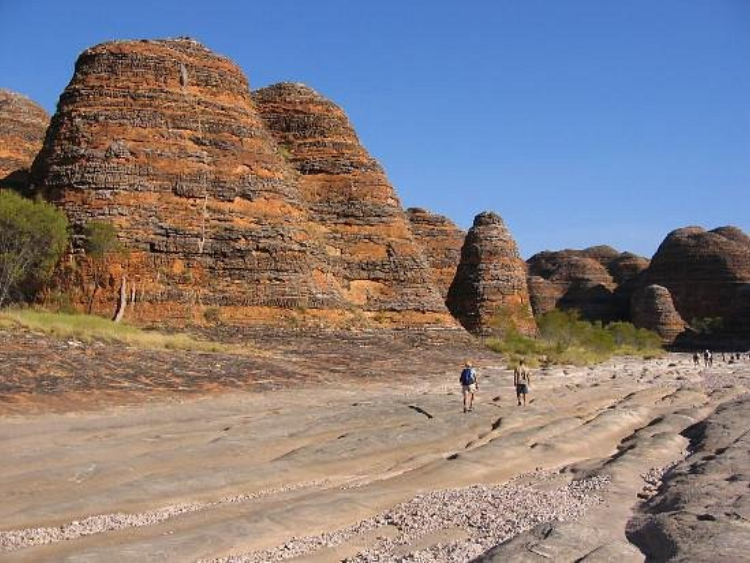


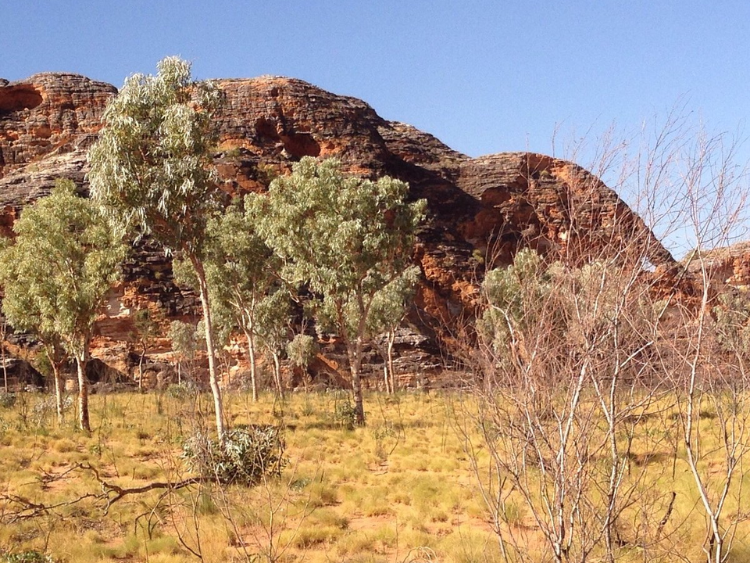
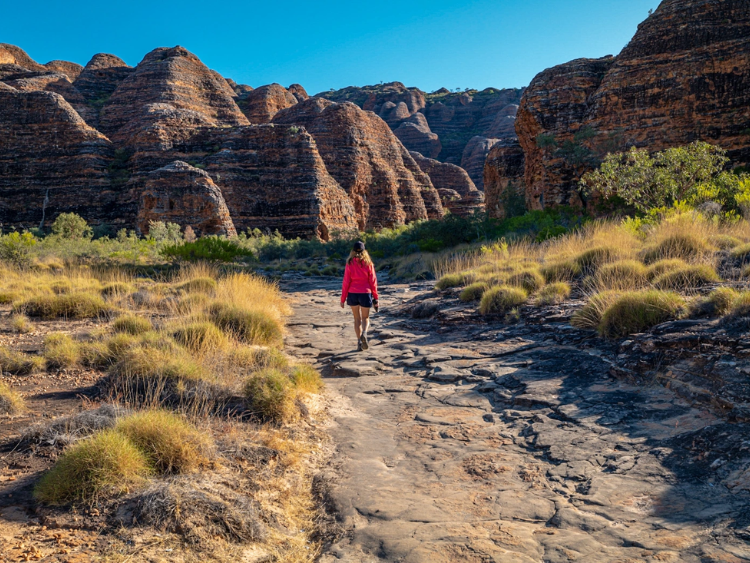


While the Bungle Bungle Range in Purnululu National Park offers excellent hiking opportunities, it is not ideal for hiking year-round due to the region's climate and accessibility issues. The best time for hiking in the park is during the dry season, from April to October. Here are some key points to consider:
Dry Season (April to October):
- **Weather Conditions:** The dry season offers mild temperatures, clear skies, and lower humidity, creating comfortable hiking conditions. Daytime temperatures typically range from 20°C to 30°C (68°F to 86°F), while nights can be cooler.
- **Accessibility:** Roads leading to Purnululu National Park are more accessible during this period. The park's unsealed access roads can become treacherous or impassable during the wet season.
- **Trails:** Hiking trails are well-maintained and safer to navigate during the dry season. Popular trails like Cathedral Gorge, Echidna Chasm, and Piccaninny Gorge are open and more enjoyable.
Wet Season (November to March):
- **Weather Conditions:** The wet season brings heavy rains, high temperatures, and high humidity. Daytime temperatures can exceed 40°C (104°F), making hiking uncomfortable and potentially dangerous.
- **Accessibility:** Many roads, including those leading to the park, can become flooded or severely damaged, making access difficult or impossible. The park often closes during the wet season to ensure visitor safety and preserve the trails.
- **Trails:** Trails can be muddy, slippery, and prone to flash flooding. Navigating the park's rugged terrain becomes hazardous, and many areas may be closed to the public.
Best Time for Hiking:
- **Optimal Months:** The best time to visit and hike in Purnululu National Park is between May and September. During these months, you can enjoy pleasant weather, accessible roads, and well-maintained trails.
- **Wildlife and Flora:** Visiting during the dry season also provides opportunities to see the region's unique flora and fauna. Wildflowers bloom after the early rains, and wildlife is more active and visible.
Preparation Tips:
- **Permits and Fees:** Ensure you have the necessary permits and pay park entry fees. Check with local authorities or the park's website for up-to-date information.
- **Guided Tours:** Consider joining a guided tour for a safe and informative experience, especially if you are unfamiliar with the area.
- **Supplies:** Bring adequate water, sun protection, and sturdy hiking gear. Cell phone reception is limited, so prepare for self-sufficiency.
In summary, while Purnululu National Park is an excellent hiking destination, planning your visit during the dry season is essential to ensure a safe and enjoyable experience.